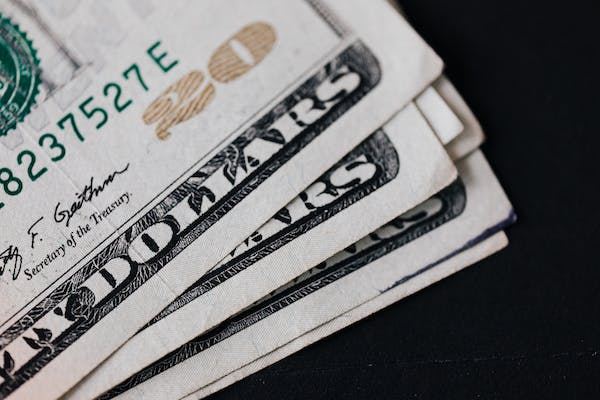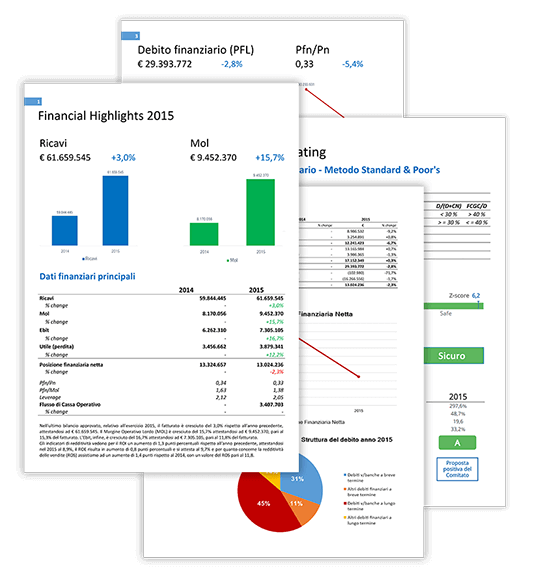
In the digital era, online banking has revolutionized the way we manage our finances, providing convenience at our fingertips. However, this convenience has attracted unscrupulous individuals who prey on unsuspecting users through fake online bank accounts. It is vital to be aware of these scams and take proactive measures to protect our hard-earned money and sensitive data.
Understanding Fake Online Bank Accounts
- What are Fake Online Bank Accounts?
Fake online bank accounts are fraudulent websites or applications designed to imitate legitimate banks. Scammers use deceptive tactics to trick users into divulging their personal and financial details, leading to potential financial losses.
- The Anatomy of a Fake Online Bank Account
To avoid falling victim to scams, it is crucial to understand how they operate. Scammers often create fake bank websites with similar layouts, logos, and URLs to fool users into thinking they are interacting with a genuine bank.
Read it: Common Mistakes to Avoid When Examining Real Bank Statement
Tips to Guard Against Fake Online Bank Accounts
- Keep Your Login Credentials Secure
Protect your login credentials, such as usernames and passwords, by using strong and unique combinations. Avoid sharing this information with anyone, including friends or family members.
- Enable Multi-Factor Authentication (MFA)
Implement multi-factor authentication whenever possible. MFA adds an extra layer of security by requiring users to provide additional verification, such as a one-time code sent to their registered mobile phone.
- Verify Website Authenticity
Always verify the authenticity of a bank’s website before entering any sensitive information. Check for secure HTTPS connections, padlock symbols in the address bar, and ensure the URL matches the official bank’s website.
- Be Cautious with Emails and Links
Exercise caution when clicking on links received via emails or messages. Scammers may send phishing emails containing malicious links that lead to fake bank websites.
- Monitor Your Accounts Regularly
Frequently monitor your bank accounts for any suspicious transactions. Promptly report any unauthorized activities to your bank to prevent further losses.
- Educate Yourself and Others
Spread awareness about fake online bank account and their potential dangers. Educate your friends, family, and colleagues about the red flags and best practices to stay safe online.
Read it: Quick reference on the Payroll Register
FAQs (Frequently Asked Questions)
- How can I spot a fake online bank account?
Fake online bank accounts often have URLs that slightly differ from the legitimate bank’s website. Look for any spelling errors or inconsistencies in the website’s design.
- What should I do if I suspect a fake bank website or email?
If you suspect a fake bank website or receive a suspicious email, do not click on any links or provide personal information. Instead, contact your bank directly to verify the legitimacy of the communication.
- Are mobile banking apps safe to use?
Mobile banking apps developed by reputable banks are generally safe to use. However, only download apps from official app stores to avoid counterfeit versions.
Conclusion
Protecting your finances from the threats of fake online bank accounts requires vigilance and awareness. By understanding the tactics used by scammers and following these essential tips, you can safeguard your financial well-being and enjoy a secure online banking experience. Stay informed, stay cautious, and stay in control of your financial future.



